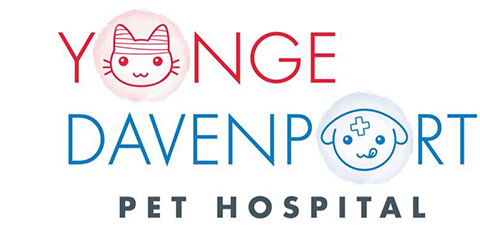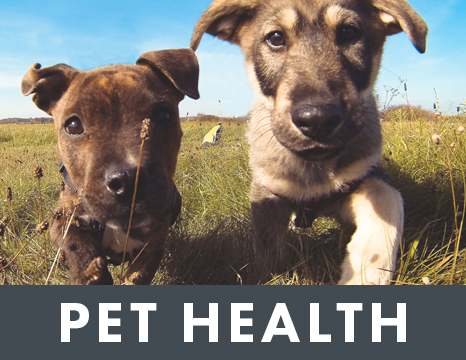Library
-
Fleas are the most common nuisance and parasite affecting dogs, and an infestation can lead to serious health problems. Flea control requires a three-pronged approach; they need to be eliminated from 1) your dog, 2) any other cats and dogs that you have, 3) your home and yard. There are many flea control products available and your veterinarian can help you determine which are the safest and most effective for your pets.
-
Fluralaner is given by mouth or applied topically and is used to treat flea and tick infestations, and also off-label to treat certain types of mange and mites. Give as directed. Side effects are uncommon but may include stomach upset or neurologic symptoms. Do not use in pets with a history of seizures. If a negative reaction occurs, please call the veterinary office.
-
A focal seizure refers to an abnormal electrical activity surge confined to a specific area of the brain. Fly-biting seizures are a type of focal seizure in which a dog snaps at the air like she is biting at invisible flies. Although the only way to definitively determine that fly-biting and other suspected focal seizures are caused by seizure activity is through an electroencephalogram (EEG), this test is often impractical due to the unpredictable nature of the seizures. The same anti-epileptic medications used for generalized seizures are typically used in managing focal seizures.
-
Follicular conjunctivitis is an eye condition that primarily affects young dogs, under 18 months of age. Follicular conjunctivitis is often caused by allergens, such as dust, grass, and weeds. Mild cases of follicular conjunctivitis do not require treatment. If your dog’s eye is uncomfortable, treatment may include saline rinses, topical steroids, and possible debridement.
-
Guarding food items can be a normal behavior in dogs, but when it escalates, the safety of both people and animals is compromised. Exercises to prevent and reverse guarding behavior can be beneficial to any dog. Professional guidance is needed for any dog who has repeatedly come into conflict with people or pets because of guarding behavior.
-
Adverse food reactions in dogs are either caused by food allergy – an immune response to something ingested or food intolerance – a non-immunological response to something ingested. Signs of food intolerance are usually only digestive in nature. Food intolerance will generally occur on the initial exposure to the food or food additive in contrast to food allergy which requires repeated exposures to develop. Different causes of food intolerance include food poisoning, or inappropriate ingestion of an irritant, reaction to food additives, histamine reactions, lactose intolerance and dietary indiscretion such as eating fat or bones. A dietary history is important in diagnosing these conditions.
-
Dogs often break their teeth from chewing on bones, antlers, and hard chew toys. There are five classifications of tooth fractures and each needs treatment to avoid tooth sensitivity and pain. Clinical signs include chewing on one side of the mouth, excessive drooling, dropping food while eating, pawing at the mouth, and facial swelling. Your veterinarian may perform a root canal or extract the tooth. Eliminating hard chew toys and treats can prevent tooth fractures.
-
Gastritis is defined as inflammation of the lining of the stomach. The most common clinical signs associated with gastritis are sudden vomiting and decreased appetite. Other clinical signs may include dehydration, lethargy or depression, increased thirst, blood in the vomit or feces, and abdominal pain. In acute cases, only minimal diagnostics such as blood and urine tests are required. Treatment depends on the underlying cause. Most acute cases resolve without medical intervention.
-
Gastroenteritis is inflammation of the gastrointestinal tract (stomach and the intestines). It can be caused by infection with bacteria, viruses, parasites, medications, or even new foods. The condition often causes abdominal pain, diarrhea, vomiting, and other clinical signs. The principal treatment for gastroenteritis is rehydration and restoring blood electrolyte balance
-
Gastroesophageal reflux disease (GERD) is a chronic condition in which stomach acid flows from the stomach to the esophagus. In dogs with GERD, stomach acid passes through the lower esophageal sphincter and enters the esophagus. Possible signs associated with GERD include decreased appetite, difficulty swallowing, licking the lips, change in bark, chronic cough, appearance of generalized discomfort, pacing, or restlessness at night. Gastrointestinal reflux disease is often diagnosed on the basis of endoscopy. There are a number of different treatments for GERD. Most dogs require a combination of treatments, each of which addresses the problem differently. Most dogs experience a rapid improvement in clinical signs with treatment.





